Interview with Suresh U. Kumar Author “Girl in Scarlet Hijab”
A bold tale of courage, sacrifice, and female resilience set in 1980s Kerala, Girl in Scarlet Hijab explores revolution through a powerful female lens.on Apr 15, 2025
.jpg)
Frontlist: Girl in Scarlet Hijab presents a courageous female protagonist at the heart of a revolution. What inspired you to write a story with such a strong female lead?
Suresh: The inspiration for the strong female lead originally came from my mother, Baby Velayudhan, who plays a key character in my novel. Like Rukhsana, my mother was quiet, but she stood up for what she believed was right. She and my aunts, sister, and friends I had known in the Kerala students’ movement helped me develop my character. Over the last few years, I was also inspired by the courage of the women leaders of the Me Too movement in the Kerala film industry.
Frontlist: The book is set in the turbulent political landscape of 1980s Kerala. How much is drawn from real-life events, and how did you balance fact with fiction?
Suresh: The plot is fictional, but the events are real-like, and many characters are based on real people I knew well or had heard about. For example, Shibu is based on my brother, who was an SFI leader at Maharaja's College; Baby is based on my mother; and Velayudhan is based on my father. Several other key characters are based on real people.
Frontlist: The mysterious girl in the scarlet hijab is not only a revolutionary but also a symbol of resilience. How does her story reflect the broader struggles of women in political movements, both then and now?
Suresh: As I mentioned in the acknowledgment section of my book, I was inspired by the courage of the women leaders of the Me Too movement of the Kerala film industry—the women who spoke up and leaders like actress Parvathi, who stood with them. When I traveled across India recently, I was happy to see young girls in India speak, feel, and act with confidence. The political, business, media, entertainment, law enforcement, and educational systems must step up and support them in every way possible to bring true and lasting equality.
Frontlist: The novel explores themes of power, sacrifice, and justice. What message do you hope readers—especially women—take away from it?
Suresh: From my book, I hope that young women in India will realize that courage has never been in short supply among Indian women—it was not acknowledged or given a chance to flourish and become the dominant narrative in media, press, and public.
A second theme I wanted to explore is that courage, love, and sacrifice are defined only by loud voices and bold actions. I make a case that it can also be the quiet and low-key actions of a mother or a female college student.
Frontlist: The protagonist wears a scarlet hijab, a striking symbol in the book. What does this represent in the context of the story and in today’s world?
Suresh: Karnan explains to Ruksana in my novel that the color scarlet often represents courage, love, and sacrifice. In my story, it means the courage to be different, to take a stand, and to make a quiet statement. In today's world, there is a need for acceptance and tolerance for people and ideas that may be new or different. Beyond the cultural meaning, the color scarlet represents a connection between the past and the present that is evident in the final few chapters.
Frontlist: Your book delves into the role of youth in shaping political change. How do you see young women today influencing social and political landscapes globally?
Suresh: We can learn from the past when young women leaders of the INA, Indian National Congress, and others were leaders of the Indian freedom movement. We just have to give the same opportunities and respect to women, and they will flourish in all fields. The time has come.
Frontlist: As a male author writing a powerful female character, what challenges did you face in bringing authenticity to her experiences?
Suresh: This is an excellent question and was a big challenge for me. I addressed this in multiple ways. First, I thought about how women I know well—like my mother and sister—would have acted or reacted and used that as a guide. Second, I did deep research on women leaders in India during the period of my novel. Third, I had several women who grew up in India or knew the culture well, including two Muslim women, read my manuscript and give me honest feedback on developing the female characters.
Frontlist: Women in leadership, whether in politics, activism, or business, often face resistance. How do you think your protagonist's journey mirrors the real challenges women face in leadership roles today?
Suresh: Some things have changed for the better about women in leadership, but some are still fundamentally the same. To make the changes impactful and lasting, there has to be convergence among multiple social, legal, political, business, and educational systems—not just the leaders but at all levels. In other words, it has to be a bottom-up approach.
Frontlist: You have an extensive background in entrepreneurship and innovation. How has your experience as a leader shaped your storytelling and the way you portray strong characters?
Suresh: Thanks for mentioning my background in entrepreneurship, innovation, and leadership. I believe that it had a huge influence on my storytelling and character development. For example, from my leadership experience, I learned that a person’s character is his/her destiny. People like to associate with, work for, and do business with people they trust and respect and who have good intentions. This makes it natural for me to develop characters with strong values, even if they may have flaws.
Another learning I use in my storytelling is that things are not always black and white—there are many shades of grey in real life. This makes it possible for me to develop characters like JP and Karnan as people with noble intentions but who also make many mistakes in their lives.
Yet another example is that there are many versions of the truth, depending on who is telling it, which I use to tell my story from multiple points of view. Yet another example I use from my business experiences is the powerful role mentorship and positive role models can play in shaping the next generation of leaders.


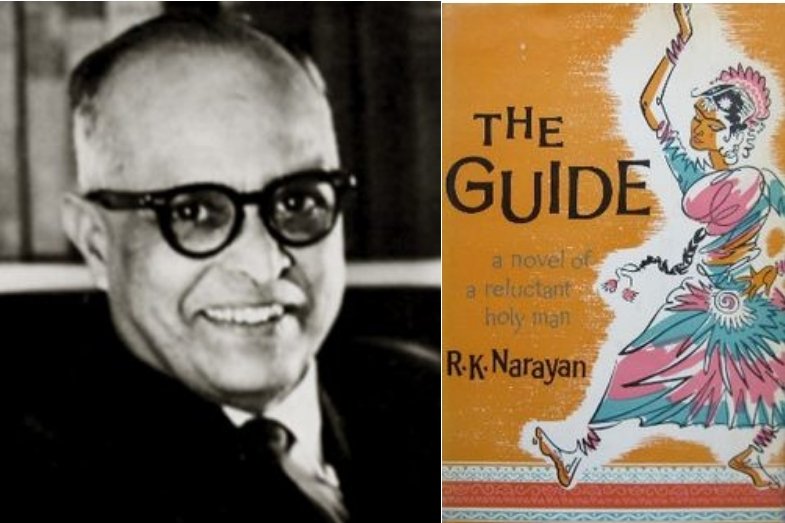
.jpg)





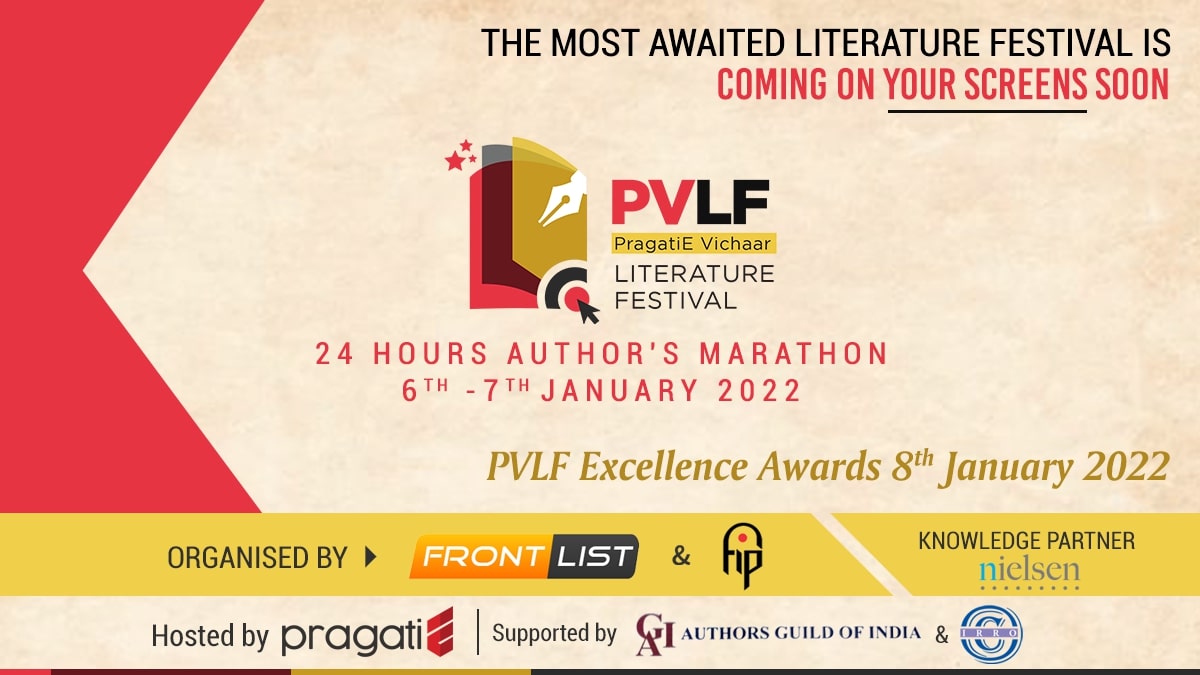
.jpg)

.jpg)
.jpg)
.jpg)
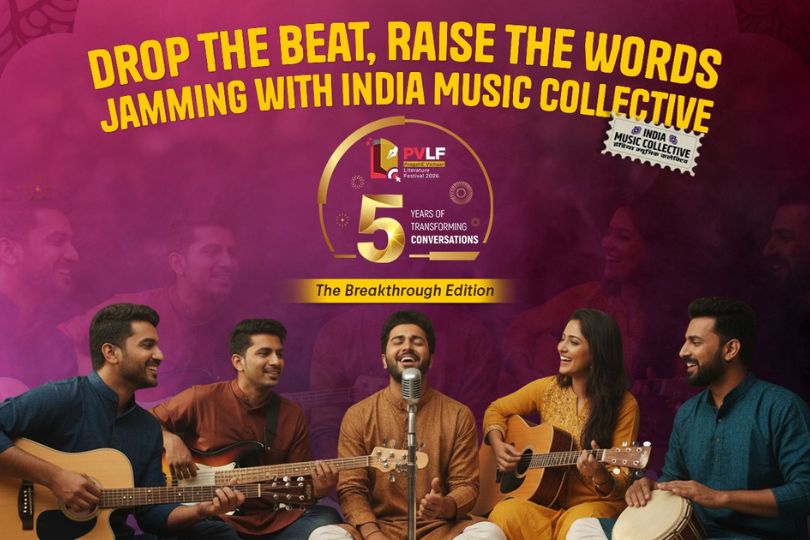
.jpg)
.jpg)
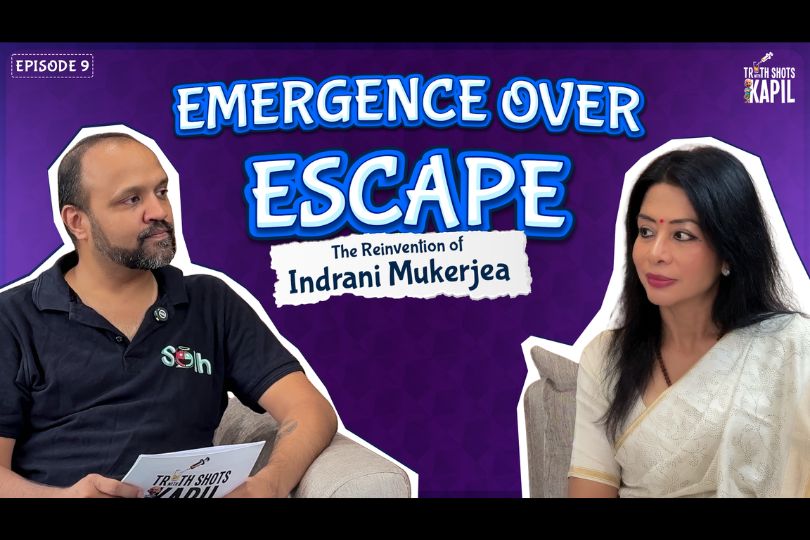
.jpg)


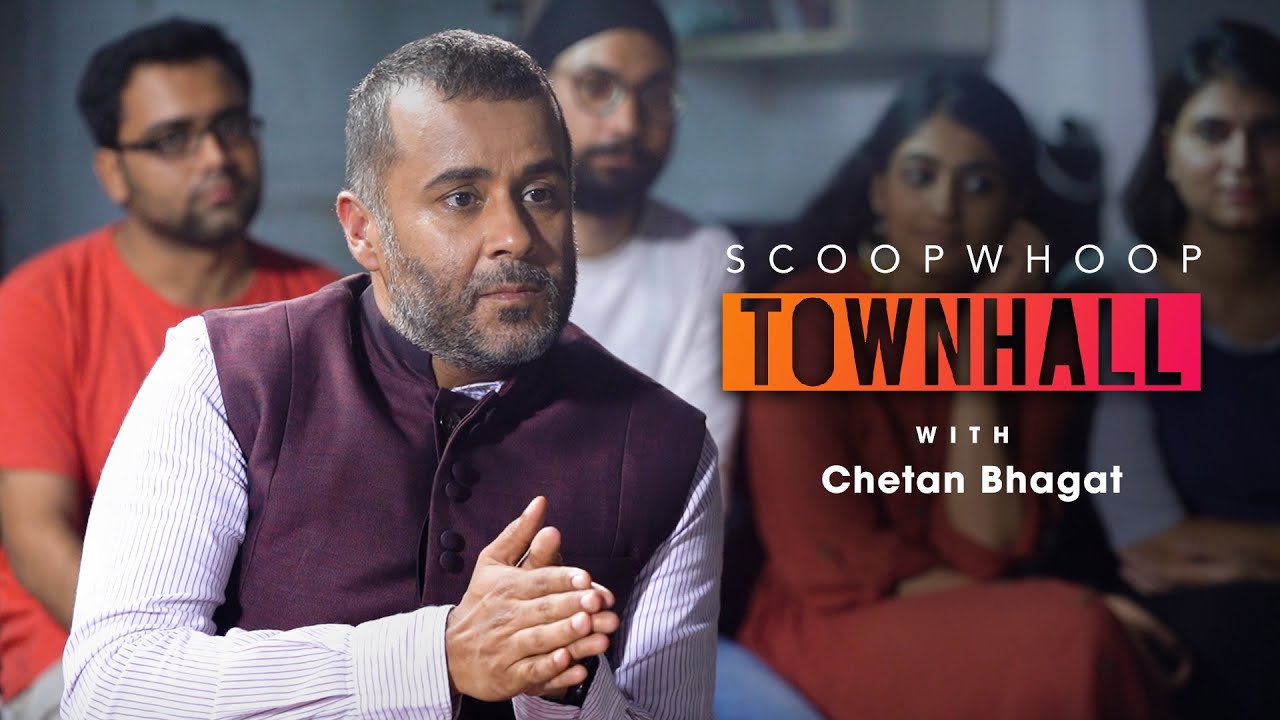
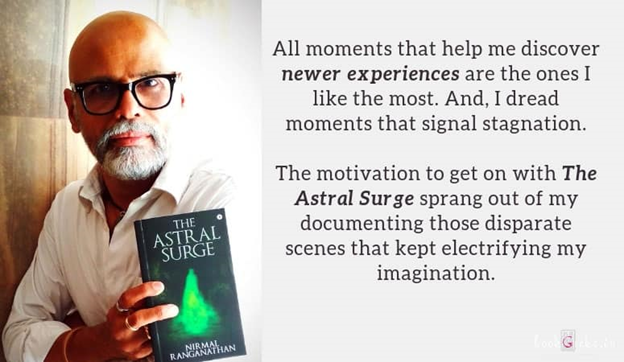
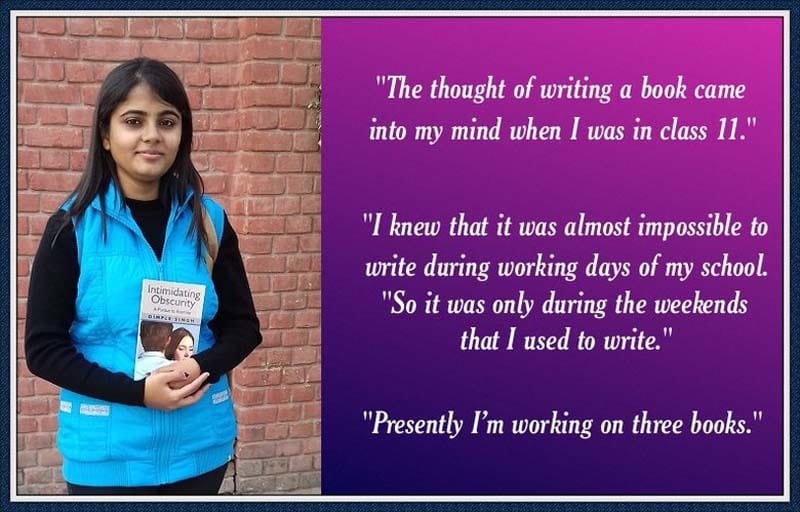

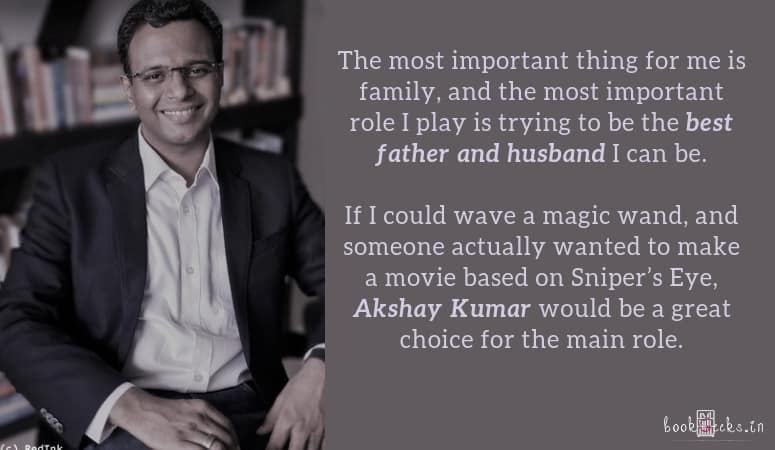



Sorry! No comment found for this post.